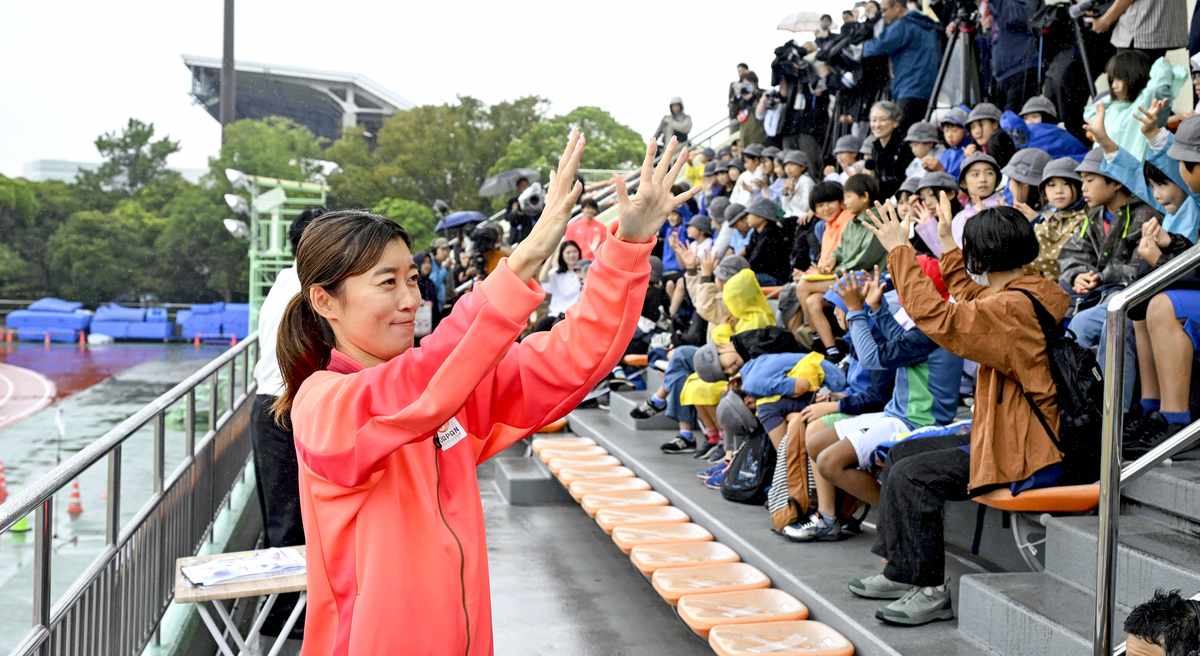Dance Towns & Dragons.
Nagasaki Prefecture is a rather popular tourist destination and even placed in very respectable 11th place in the prefectural attractiveness ranking this year for its many sights and culinary delights. And if you ask our writer Mariko Hanabatake, one of the best times to visit is 7, 8, and 9 October, when the Kunchi (also known as Okunchi) festival is held.
When most people inside Japan and abroad think of festivals in Nagasaki, the most likely one to come to mind is the Lantern Festival held during the Chinese New Year. But for residents of the prefecture, Kunchi is often the favorite.
That’s why when talking to people outside of Nagasaki, Mariko was shocked that hardly anyone even knew about Kunchi. To her, it was every bit a major event as the Gion Festival in Kyoto or the Sapporo Snow Festival. It was especially surprising since only until recently, the Lantern Festival was a rather minor event compared to Kunchi, but somewhere along the way, something changed.
The festival is so big there kids are sent home early from school so they can participate in it or watch it on TV. Working adults who also perform during the festival are pretty much guaranteed a day off to do so.
One thing that makes Kunchi a unique festival is the Odoricho or “Dance Towns.” In Japanese, the suffix “-cho” is often translated to “town,” but in big cities, it usually just refers to a neighborhood. A popular example would be Kabukicho in Shinjuku, Tokyo.
In Nagasaki City, each neighborhood acts as a team in order to give a performance at Kunchi. There are currently 58 towns, down from 77, but they’re divided into seven groups and only one group performs each year. This means a town has seven years between performances and is given lots of time to plan and prepare for its moment in the spotlight.
▼ This year’s lineup of Dance Towns
The styles of the performances can vary quite a bit, but they tend to fall into the following categories: dance, hikimono (pulled floats that are often boat-shaped for this festival), standard Japanese mikoshi floats, dragon dances and other carried things collectively called katsugimono, and torimono processions.
▼ This dragon dance is classified as a katsugimono.
▼ Dances come in all shapes and sizes.
Each town tends to do the same thing each year, and with so many towns, you’re usually guaranteed to see a dragon dance or hikimono each year. However, there are also a few performances that can only be seen once every seven years, like the whale float that shoots water out of its spout or the Kokodesho, where a group of people throw a massive, one-ton float into the air and catch it with one hand.
On the bright side, because of the seven-year gap between performances, a lot of effort is put into the makeup and costumes, so the performers often look spectacular.
▼ This boat-shaped hikimono float has a skirt around the wheels to simulate the ocean. Notice how it syncs up with the bottoms of everyone’s robes.
Venues for these performances include Suwa Shrine and Nagasaki Station, but some, such as the Niwasaki Mawari, also literally take the show on the road and perform in front of shops and homes around the city for three days. You can tell where the performances will happen because the buildings will have special noren-style curtains hanging out front.
▼ The curtains look like this.
▼ A performance often lasts less than a minute, but there are many stops, so it can be tiring for the performers. Notice how there are curtains in front of all three shops behind the dancers. They stop in front of each one and do a separate performance each time.
It’s a festival that takes over the whole city, and wherever you go, you can hear the sounds of a festival like traditional nagauta music. You never know when you’ll get swept up in a procession or dragon dance, either.
▼ You might come out of a shop to see these guys passing by…
▼ …or suddenly become a member of a torimono procession with scores of other people.
When performances finish, you’ll usually hear cries of “Yo-yah!” which is a regional dialect similar to “Bravo!” or “Mottekoi!” which is like “Encore!”
Nagasaki was one of the first areas opened to international trade, so influences from Chinese and Western culture can be seen in many places. The Kunchi festival also reflects this unique heritage, for a Japanese festival unlike any other.
And yet, despite the exotic feel, Mariko was surprised to find that people from outside of Nagasaki rarely come to experience it. That’s why she’d like to recommend everyone visit during October and share the joy and culture of Kunchi, adding that it’s also not nearly as rowdy as other festivals in Japan.
Festival information
Kunchi / くんち
Nagasaki-ken, Nagasaki-shi
長崎県長崎市
7, 8, 9 October each year
Website
Photos ©SoraNews24
● Want to hear about SoraNews24’s latest articles as soon as they’re published? Follow us on Facebook and Twitter!
[ Read in Japanese ]
Like this:
Like Loading…





